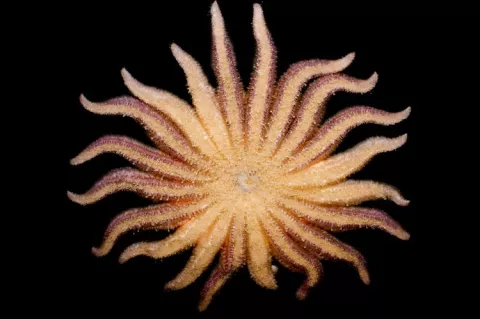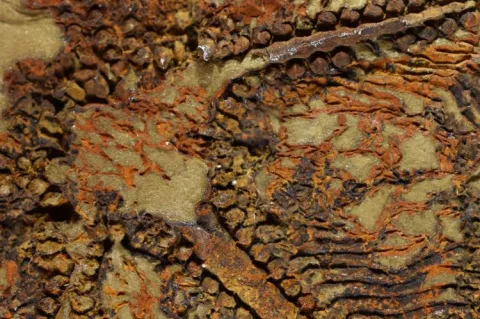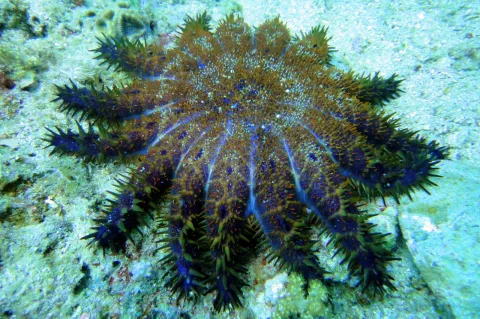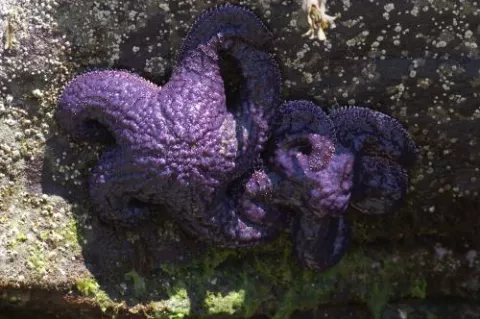Sea stars can help to restore kelp forests
The sunflower sea star was once a common sight along North America's Pacific coast. Although it is now an endangered species, scientists are hailing it as a potential saviour of the region's threatened kelp forests.
Recent research reveals its crucial role in controlling the population of kelp-eating urchins, thus offering a glimmer of hope for these vital marine ecosystems.










